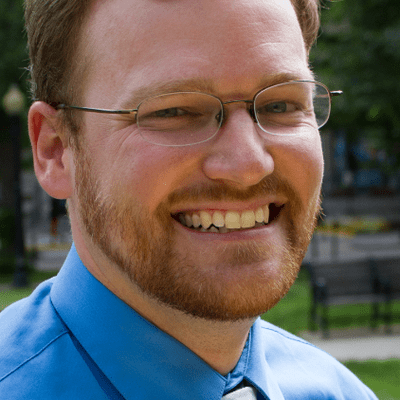Introduction
When President Barack Obama’s campaign machine restructured itself as a politically active nonprofit in 2013, one goal was to keep attracting the legions of small-dollar donors who had twice helped catapult Obama into the White House.
Now the numbers are in for 2013, and they show that Organizing for Action, as the pro-Obama nonprofit is known, has been wildly successful.
During its first year, Organizing for Action raised $26.3 million, with 57 percent of that sum coming from people who gave less than $250, according to the Center for Public Integrity’s analysis of records released by the group.
Donors who gave between $250 and $1,000 accounted for another 14 percent of the total.
To be sure, a handful of wealthy Democrats also boosted Organizing for Action’s coffers. But the roughly two dozen donors who each gave between $100,000 and $500,000 accounted for just 16 percent of the group’s total receipts last year.
Katie Hogan, an Organizing for Action spokeswoman, said the group was “proud” of its support from more than 421,000 grassroots donors who have helped the nonprofit work to “tip the scales back towards the American people and away from special interests in Washington.”
During its inaugural year, the group advocated for Obama’s signature health care reform law, for action to curb climate change and for gun safety legislation. It has not contributed to candidates’ political campaigns or run advertisements boosting or opposing specific politicians.
Obama’s presidential campaigns in 2008 and 2012 broke records for the enormous sums they collected from individual donors who gave small-dollar amounts.
According to the Campaign Finance Institute, about 61 percent of the $784 million raised by the Obama campaign during the president’s 2012 re-election came from donors who contributed less than $1,000. About 28 percent came from people who gave less than $200.
Four years earlier, about 52 percent of the $746 million Obama raised came from individuals who gave less than $1,000, according to the Campaign Finance Institute. During that election cycle, about 24 percent of the money Obama raised came from people who donated less than $200.
Since its nascent days, Organizing for Action has promoted itself as a grassroots group — and an underdog against special interests and lobbyists in Washington.
“Organizing for Action’s mission is to put power back into the hands of the American people,” former Obama campaign manager Jim Messina, who is now the national chairman of Organizing for America, wrote in a fundraising email last March. “That’s why we won’t accept a single dollar from corporations, PACs, foreign donors or lobbyists. This is your movement, not theirs.”
Yet Organizing for Action has been criticized by campaign finance watchdogs and Republicans alike for its potential to allow wealthy donors to “buy corrupting influence” with the president.
In 2013, three donors ponied up $500,000 to Organizing for Action, including Chicago media mogul Fred Eychaner, who ranks among the president’s top campaign bundlers and who personally donated $14 million to pro-Democratic super PACs during the 2012 election cycle.
Other Obama bundlers — including David Shaw of New York, Nicola Miner of California and Imaad Zuberi of California — also rank among the donors who gave Organizing for Action at least six-figures in 2013.
As a nonprofit organized under Sec. 501(c)(4) of the U.S. tax code, it is not legally obligated to disclose its donors, but it has opted to do so for all donors who give at least $250 each quarter.
Ben Wieder contributed to this report.
Read more in Money and Democracy
Primary Source
T-Mobile’s lobbying spending may be paying off
After its 2011 merger with AT&T was blocked, T-Mobile has boosted its lobbying to help it buy companies and frequencies
Primary Source
Corporate cash helps politicians party on
Inauguration, convention-related groups boosted by company gifts

Join the conversation
Show Comments